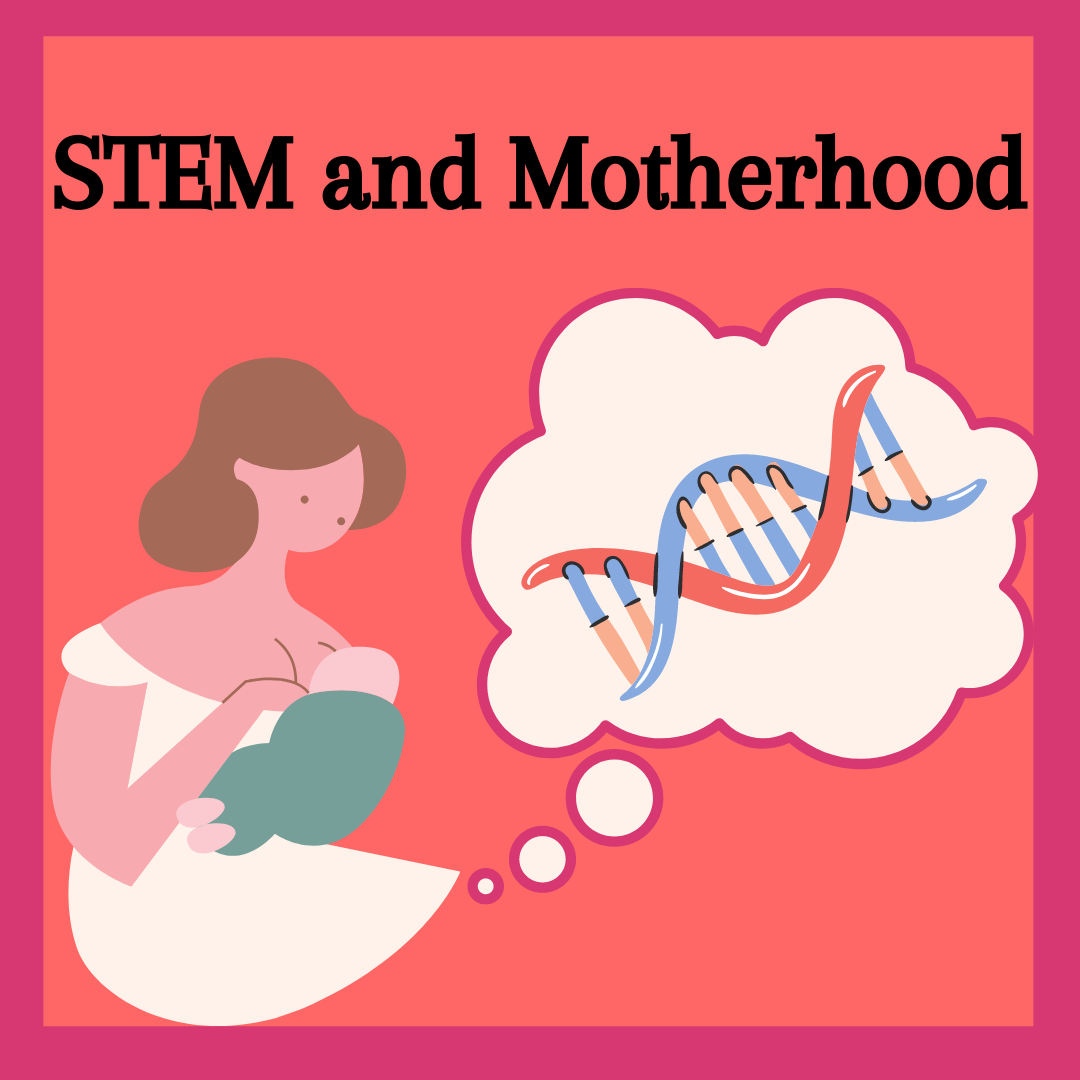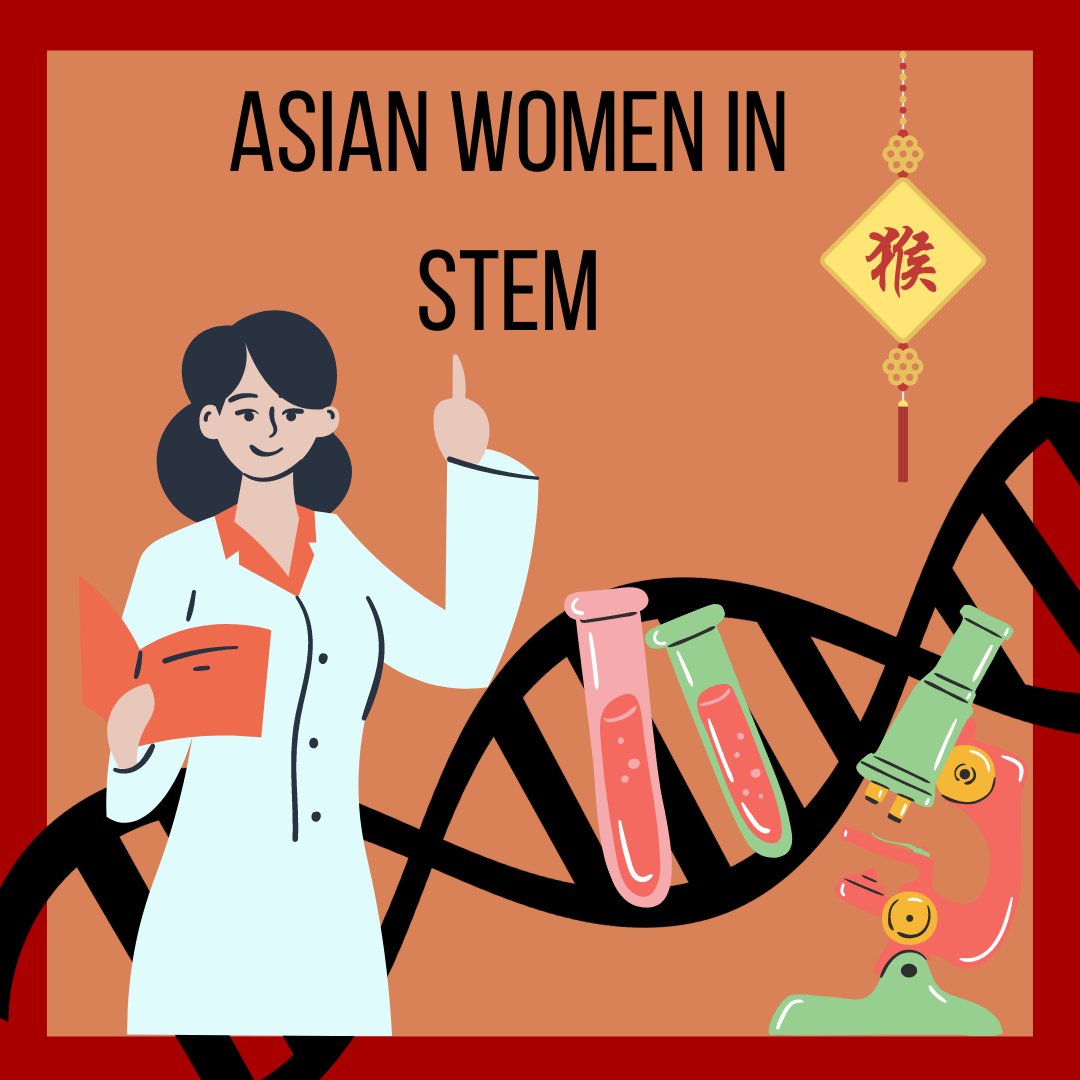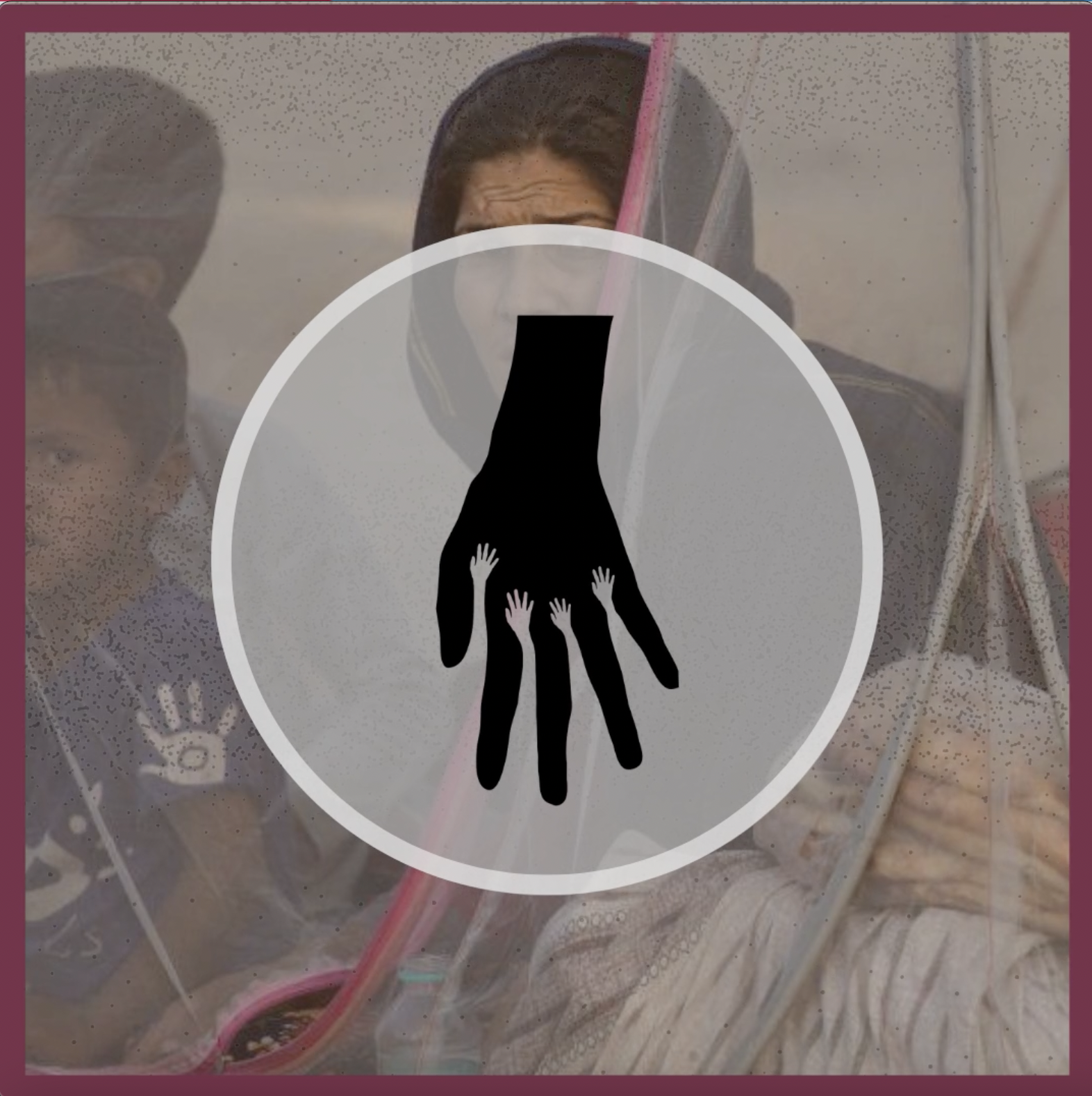Have you ever eaten a jackfruit? Or even seen one? Or maybe you’ve smelt one, because those things smell (a lot). Well, I bet you’ve never experimented on one. Did you know that jackfruits have a very specific chemical compound, cycloartenol? It is used in pharmaceutics to produce steroids. Well, the medical world wouldn’t have known this either if it wasn’t for the efforts of Darshan Ranganathan, a woman who crossed boundaries (literally and figuratively) for science. And yes, she used a jackfruit to do it.
where it all began
Darshan was born in Delhi, India on the 4th of June, 1941. Not only did she complete her schooling here, she even got her PhD in organic chemistry from Delhi University. To reinforce, she did all this in a very recently independent country, at a time when women were expected to simply stay home and be good daughters and wives. And, in doing so, Darshan had managed to make space for herself in a field where the presence of women was not only rare, but vehemently opposed in her country. But that’s not all.
One of the most celebrated facts (yet not celebrated quite enough) about her life, is that she funded her entire research career herself through fellowships and other awards. After receiving her PhD at Delhi University, because of her incredible work and promising research, she received the Senior Research Scholarship of the Royal Commission. This award funded her post-doctoral work at the Imperial College, London.
Darshan and the jackfruit.
Darshan was working on her research for her Post-Doctorate at the Imperial College, London. While conducting their research, she and her team lead by Professor DHR Barton experienced a slight hiccup, the gist of which was that they didn’t have a jackfruit.

This team of incredibly renowned scientists were researching the exact structure of the chemical compound cycloartenol, used in the production of steroids. During that time, there was a great deal of confusion surrounding the structure of this compound and Darshan and her team were working on clarifying this confusion.
The problem? This compound can only be extracted from jackfruit. London does not have any.
The solution? None other than Darshan Ranganathan herself.
Darshan wrote to her mother, who lived in New Delhi at the time, and asked her to ship several whole dried jackfruits all the way from India to London. Talk about ‘going the distance’.
#womeninSTEM beating systematic oppression
After completing her post-doctoral research, Darshan returned to India and took up a teaching position at Delhi University. During this time, she attended the Indo-Soviet Binational Conference on Natural Products, where she met a fellow researcher, Dr Subramania Ranganathan, whom she married in 1970.
Dr. Subramania Ranganathan was an incredibly supportive husband, something that was very uncommon in the societal context of her time. They worked together at IIT Kanpur. However, because of an unofficial rule, the two were not allowed to work in the same department.
This rule restricted Darshan. She had to work in a position under her husband even though her talents and previous research far surpassed those of his. This was an administrative failure of research institutes at the time, and something that restricted the growth of several women in science.
This was a system set in place for the sole purpose of ensuring that women were never at the same level as men. In other words, it was systematic oppression. Tell me how ‘staying home’ was a choice again?
and yet, far from the end of her story.
Despite the challenges she faced, Darshan’s research was so astoundingly brilliant, that she is still known as one of the most renowned and distinguished organic chemist in India.
Some of the work that earned her this title is her production of a protocol that allowed for the autonomous reproduction of imidazole, an organic chemical compound that is imperative in the production of antifungal drugs and antibiotics. Without it, the pharmaceutical industry would have a gaping hole. By creating a way to produce this important ingredient in the lab, Darshan helped us revolutionize pharmaceutics.

Darshan and her husband also wrote several books and papers together. One of their most famous books is known as Current Highlights in Organic Chemistry. Not only did this book gain world recognition, it also pioneered the research into figuring out organic reaction mechanisms.
Yes, those are the same reaction mechanisms so widely and essentially taught in school today.
professional pen pals
Not only was Darshan a world renowned organic chemist, she also worked with some of the most remarkable female scientists around the world. Because, you know, brilliance feeds brilliance.
The most notable of these collaborations was her work with Isabella L. Karle. Isabella was from the Laboratory for the Structure of Matter, Naval Research Laboratory in Washington DC. She and Darshan worked together for 7 years, and published at least 24 papers together, but never once met.
At a time when technology was not nearly as advanced as it is today, and overseas communication was purely through written word, these two women managed to leap through barriers in the progress of science and the world. That, everyone, is what we call dedication.
a life worth living and a legacy worth keeping
Darshan Ranganathan lived a life that inspires many women to persevere in their pursuit of the sciences. Despite the challenges and obstacles she faced, she had a single minded focus to do research and make breakthroughs. Darshan shows us that if discrimination in the workplace is stopping someone from progressing, stay determined. Better yet, join forces with others like you, and you will achieve.

Together as a society, we can overcome the systematic discrimination that impedes our progress. Remember, an obstacle is just a challenge we haven’t overcome yet. So continue researching, continue science-ing and continue to break the barriers that separate today’s world from a better, more equal one.
“Women in Science? Shocker, we exist!“
If you like this post, you may like some of our other work too!
- January 2021
- December 2020
- November 2020
- October 2020
- September 2020
- August 2020
- July 2020
- June 2020
- May 2020
Subscribe to help us keep you updated with new posts!





Leave a Reply